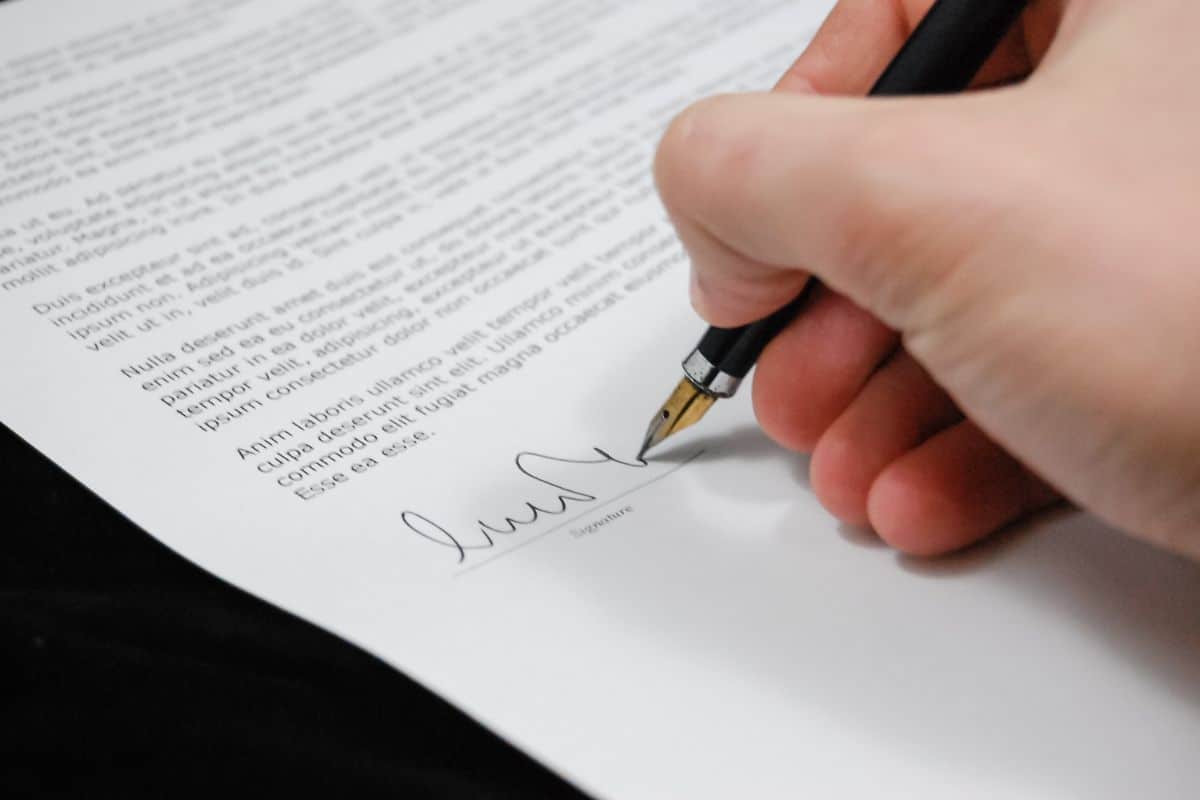We’ve talked about finding real estate and securing funding, so what comes next in the business-building process? If you’ve decided to rent property, then you’re probably getting ready to sign a lease. These documents are lengthy and can be overwhelming to review. Let’s outline what you need to know, and potentially negotiate, before signing your lease.
There are about 20 different factors to keep in mind when reviewing and signing a lease. Let’s look at the first six in detail.
- Rent amount. This is pretty basic, but you should review the amount you will be committed to paying in rent each month.
- TICAM (taxes, insurance, common area maintenance). This calculation is usually done first by the landlord. It is recommended that a broker reviews this calculation with you to catch any discrepancies.
“Once a landlord included marketing expenses with the TICAM agreement,” says David Meeker, Owner, Elm Partners. “Try and have the TICAM expenses listed out line by line, so something like that can’t happen.”
- Free rent period. You can negotiate on the front end of the agreement that you don’t pay rent until after construction is complete, and if you beat the timeline, you might have free rent even after occupancy begins. It’s common to negotiate that rent doesn’t start until 9 months after lease signing, or that rent doesn’t start until you get Certificate of Occupancy.
- Tenant upfit allowance. This is a certain credit offered by the landlord per sq foot of space, depending on the condition of the property and can range from $10 to $75 per square foot. Some landlords will provide this allowance while construction is going on, others will make you wait until occupancy.
- Condition of the space. First off, there a couple of terms that need definition. Often you may see the building conditions listed in a lease as cold shell or warm shell. Cold shell means any building or rentable area that consists only of a bare, unimproved shell with no interior finishes, HVAC, plumbing, lighting, elevators etc. Cold shell can also be referred to as dark shell, cold dark shell, a cold shell, a grey shell, or a base shell. The term warm shell means that any building or rentable area has been minimally fitted out with basic services (such as ceilings, lighting, plumbing and HVAC). Understanding whether you are leasing a warm shell or cold shell will dictate how much money you will need to invest in getting the space ready to occupy.
if you’re the first tenant, you will be putting in metering, mechanical, electrical, and plumbing, which equates to a ton of cost. It’s different when you’re taking over an existing space because all of this is done for you.
The landlord will outline their scope of work as well. This outlines what they will do to the space before you move in. This includes things like HVAC, for example, are they providing a new unit or is the existing unit in working condition? A broker can be instrumental in negotiating this scope and can ensure that the landlord owns the demising of the walls, fire rating assembly, and make sure utilities are included.
- Renewal options. Know when your lease expires, generally, the rent in a market goes up year over year, but your lease doesn’t have to. Landlords will offer a lower rate to keep you in the space longer. Committing to longer-term occupancy can keep your costs down.
As mentioned, there are many additional factors to consider when reviewing a lease. This is where a broker and/or a real estate attorney should get involved and help you review the lease at a deeper level. Your lease is an important document and there is much to be negotiated within before you actually sign. These agreements will be critical as you go through and execute your build-out.
“In general, you will need to reference your lease more than you expect,” says Meeker. “All the way through to the end of the project.”
Speaking of the end of the project, now you’re probably wondering how long this whole process will take once you have signed on the dotted line. Read our next blog to better understand project timelines.
Sources
https://www.adventuresincre.com/glossary/warm-shell/#:~:text=Any%20building%2Frentable%20area%20that,to%20lease%20to%20the%20tenant.
https://www.commercialrealestate.loans/commercial-real-estate-glossary/dark-shell#:~:text=A%20dark%20shell%20refers%20to,shell%2C%20or%20a%20base%20shell.

